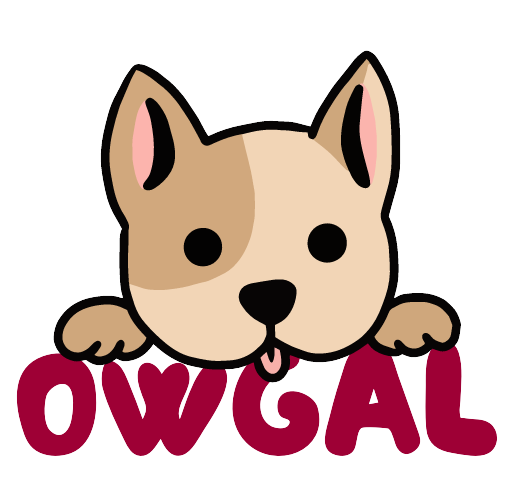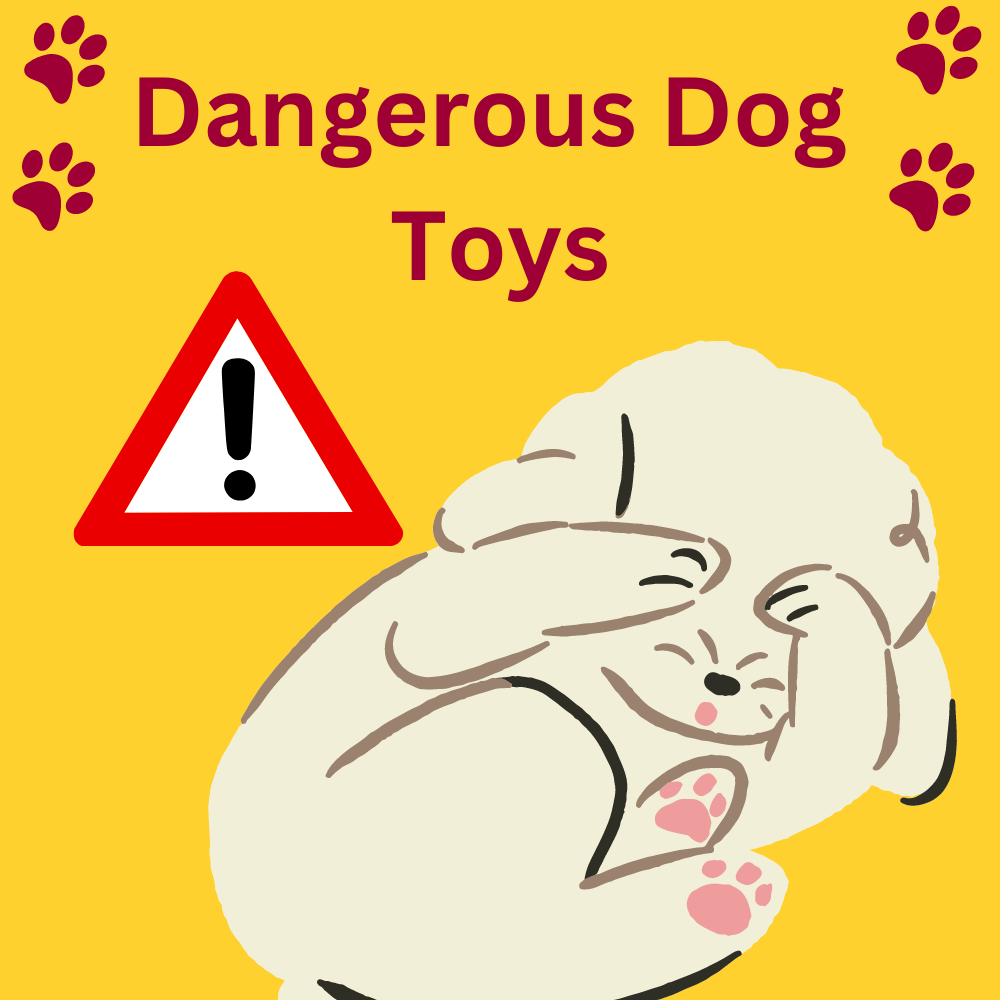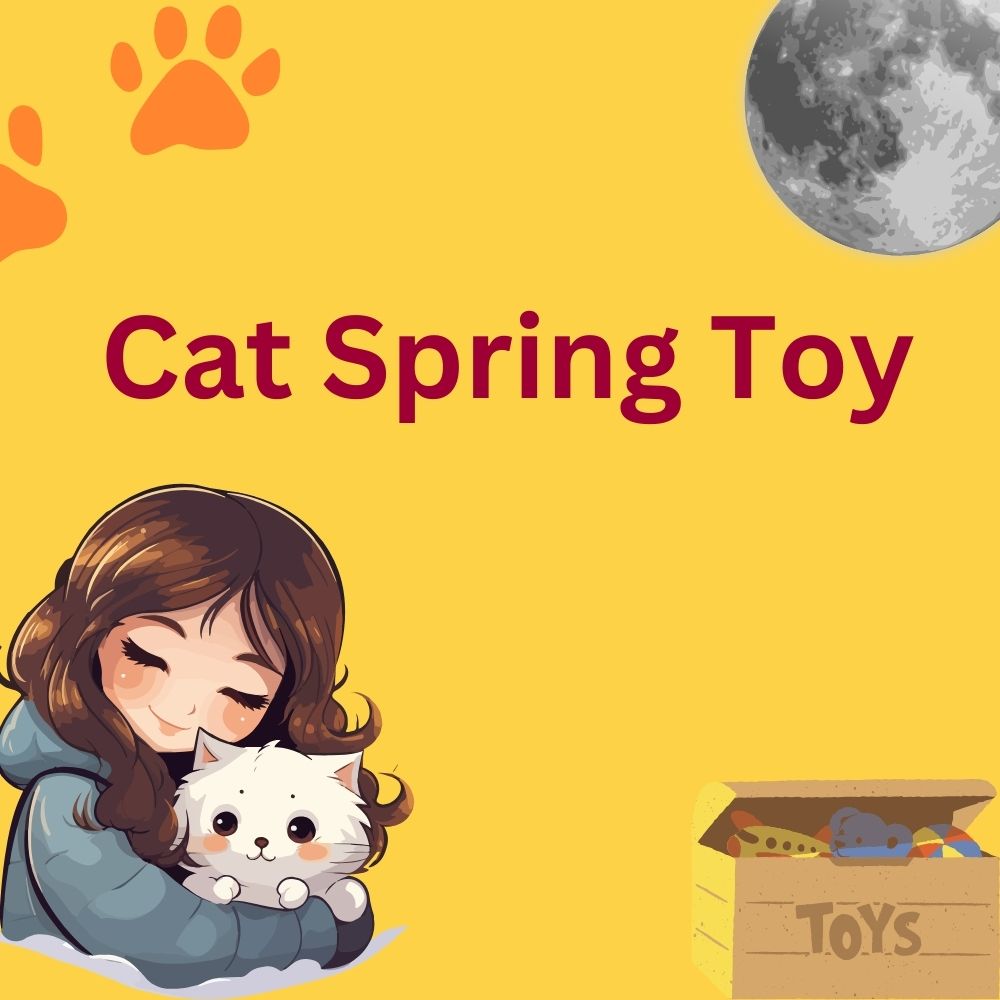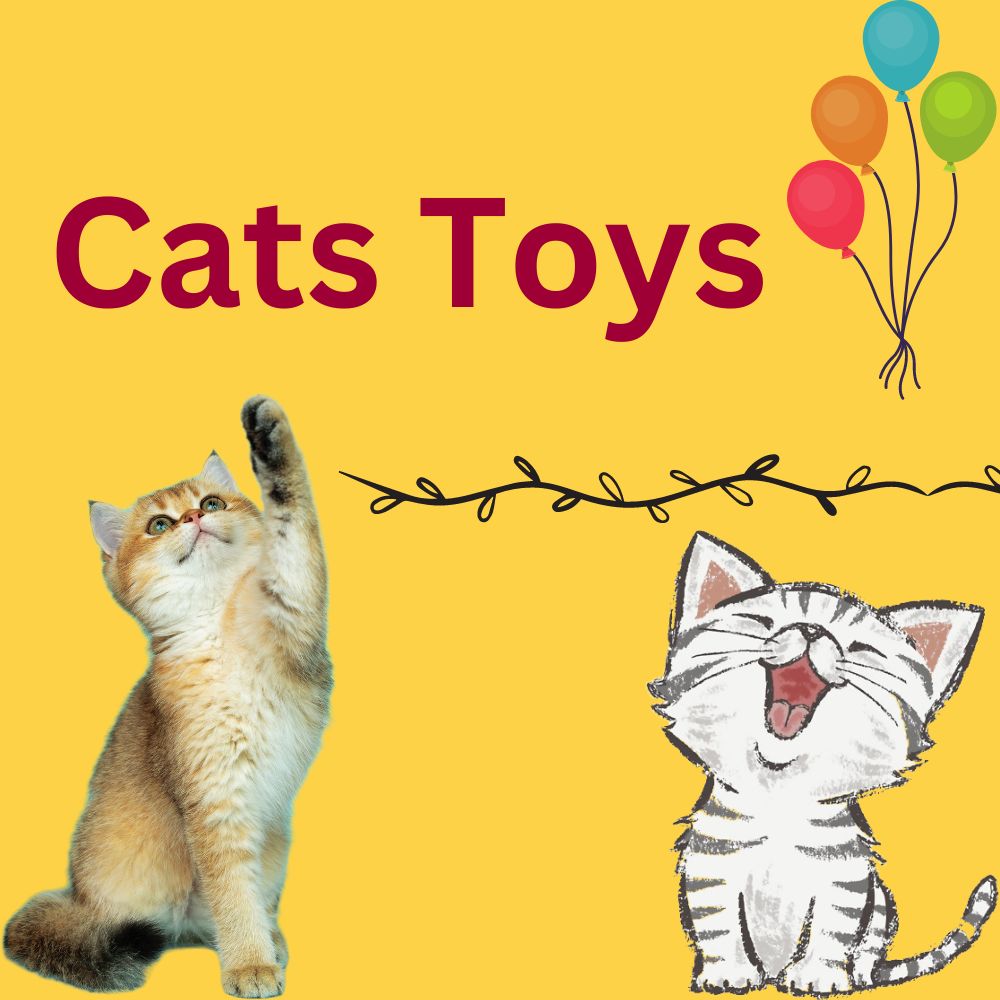Dog toys are not only a source of entertainment for your furry friend but also a way to keep them mentally and physically stimulated. However, the playthings we give to our dogs can sometimes pose unexpected dangers. It’s crucial to understand that not all dog toys are created equal, and as responsible pet owners, it is our duty to ensure we’re not inadvertently putting our pets at risk. This guide explores the various types of dangerous dog toys, how to spot them, and offers tips for selecting the safest options for your canine companions.
Understanding the Risk: What Makes a Dog Toy Dangerous?
Before diving into specifics, it’s important to highlight why certain dog toys can be hazardous. Our pets, like young children, are curious and often explore their world through mouthing or chewing. This behavior can unknowingly lead to the ingestion of parts of their toys, which might be toxic or cause choking. Here are the most common risk factors to watch out for when selecting dog toys:
- Size: Toys that are too small can be easily swallowed or pose a choking hazard.
- Material: Certain materials used to make dog toys, such as plastic or rubber, can break apart and cause intestinal blockages if ingested.
- Toxic Ingredients: Some toys may contain harmful chemicals or dyes that can be toxic if chewed on.
- Shape: Oddly shaped toys can also pose a choking hazard or cause injury if sharp edges are exposed.
- Durability: Toys that are not durable enough for your dog’s chewing habits can break apart and create small pieces that can cause harm when ingested.
Identifying Dangerous Dog Toys
Now that we know the risk factors to consider, let’s take a closer look at the types of
Toxic Materials
Certain chemicals and toxins can be harmful when ingested. Low-quality or cheaply made dog toys may contain materials like BPA, phthalates, or lead, which are known to have adverse health effects, especially with prolonged exposure.
Unsafe Designs
Poorly designed toys may have small components or parts that can come loose, posing a choking hazard or lead to internal injury if swallowed. Additionally, sharp edges or points can cause harm during enthusiastic play.
Choking Hazards
Objects that are easily breakable or small enough to get stuck in a dog’s throat are significant choking hazards. As a general rule, any part of a toy that can fit through a toilet paper roll can pose a threat to your dog.
Poor Quality Construction
If a toy is not durable, it can easily break apart into pieces that could be ingested. Weak stitching, thin rubber, or easily chewed-through materials are all signs of poor construction.
Spotting the Red Flags: How to Identify Unsafe Dog Toys
Recognizing a potential hazard is the first step to ensuring that the toys you select for your dog are safe. Here are some guidelines to help you spot dangers before they reach your pet:
Check for Toxic Materials
When in doubt, always look for toys that are labeled as BPA-free or made with non-toxic materials. If the materials are not clearly specified, consider it a red flag and look for a safer alternative. Also, be aware of any strong chemical odors coming from the toy when you first open it.
Inspect for Choking Hazards
Before giving a toy to your dog, examine it for any small parts that could be chewed off or swallowed. Make sure that the toy is appropriately sized for your dog and cannot be broken easily. If you see anything that seems like it could be a choking hazard, choose a different toy.
Check Durability
Toys that are made with strong and durable materials will last longer and are less likely to break into small pieces. Look for reinforced stitching or thick rubber toys that can withstand your dog’s chewing habits.
Examine for Sharp Edges and Loose Parts
Run your hand along the edges of the toy to check for any sharp points or areas where the material may be peeling or coming apart. Any such weaknesses could result in injury on sharp end or the ingestion of dangerous parts for your dog.
Evaluate Durability and Quality
Choose toys that feel sturdy and well-constructed. Tug on any attached ropes or strings to ensure they are securely fastened. If you can easily pull them off, your dog could too. Remember to also examine the construction of any squeaker toys, as they often contain small parts.
Tips for Choosing Safe Dog Toys
- Read reviews and do your research before purchasing any dog toy. Other pet owners may have already identified potential hazards with a particular product.
- When in doubt, opt for simpler toys without complicated designs or components. They are less likely to pose a risk to your dog.
- Choose toys that are appropriately sized for your dog, considering their breed and chewing habits. If in doubt, it’s always better to go bigger than smaller.
- Rotate your dog’s toys regularly to keep them engaged and prevent excessive wear and tear on a single toy.
- Always supervise your dog when playing with new toys, especially if they tend to be destructive chewers.
Popular Harmful Dog Toys to Avoid
While there are many safe and reputable toys on the market, there are also some with notorious reputations for being unsafe. Beware of the following:
Squeakers
While dogs love the sound, the small squeaker inside is a major choking hazard if it’s removed from the toy. If your dog is an aggressive chewer, avoid toys with squeakers altogether.
Stuffed Animals
Plush toys with poorly secured parts can be ingested if your dog is determined enough. Plus, the stuffing inside can cause problems if it’s swallowed.
Tennis Balls
Tennis balls can be easily shredded and ingested, and the abrasive material can wear down your dog’s teeth. Opt for dog-specific rubber balls instead.
Sticks
Sticks may seem like a natural toy for dogs, but they can splinter easily and cause serious injury or blockages if swallowed. Instead, consider using sturdy chew toys designed specifically for dogs.
Rope Toys
If frayed and ingested, the threads in rope toys can cause intestinal blockages that may require surgery to remove. Monitor your dog’s use of these toys and replace them if they start to fray.
Tips for Selecting Safe Dog Toys
Ensuring that your dog’s toys are safe doesn’t have to be a complicated process. Follow these practical tips to make the right choices for your pet:
Opt for Reputable Brands
When it comes to your dog’s health and safety, choose dog toys from brands with a track record of quality and safety standards. These companies are more likely to use safe materials and thorough testing processes.
Size and Play Style Matters
Match the size and hardness of the toy to your dog’s breed and play style. Toys designed for larger, more aggressive chewers are often safer and more durable. Smaller dogs may require softer toys that they can easily chew and manipulate.
Age-Appropriate Toys
Puppies have different needs than adult dogs. Look for toys specifically labeled for your dog’s age, taking into consideration the strength of their jaws and their energy level.
Supervise Playtime
No dog toy is completely indestructible. Keep an eye on your dog while they play, and if you notice the toy starting to break down, replace it immediately.
Monitor Interactions
If your dog starts to chew or gnaw in a particularly aggressive way, consider swapping out the toy for a more durable option. Teach your dog proper play behaviors to prevent excessive wear and tear on their toys.
Conclusion:
Selecting toys for your dog is a balance between fun and safety. While there’s no shortage of innovative and entertaining dog toys, it’s essential to take the time to ensure that the plaything you choose is free from unnecessary hazards. Remember, your fur baby’s well-being rests in your hands, so choose wisely, and enjoy the peace of mind that comes with knowing you have provided a safe, enjoyable playtime for your beloved pup.
FAQs
Q: How do I know if a dog toy is safe for my pet?
A: Look for reputable brands, inspect for choking hazards and durability, and avoid toys with small parts or sharp edges.
Q: What are some popular harmful dog toys to avoid?
A: Squeakers, stuffed animals, tennis balls, sticks, and rope toys are known to pose risks for dogs if not used properly.
Q: How can I make sure my dog’s toys are safe?
A: Rotate toys regularly, supervise playtime, and choose age-appropriate and size-appropriate toys for your dog’s breed and play style. Monitor interactions with the toy and replace it immediately if it starts to break down.
Q: What is the main takeaway from this article?
A: The importance of choosing safe dog toys by inspecting for potential hazards, opting for reputable brands, matching the toy to your dog’s age and play style, and monitoring playtime and interactions. Overall, it is crucial to prioritize your dog’s safety while still providing them with fun and engaging toys. Always err on the side of caution when selecting toys for your beloved pet.





How long have you been blogging? Your blog design is amazing. You make it look so easy. Your website looks great overall, and the content is great as well.
I appreciate you sharing this blog post. Thanks Again. Cool.